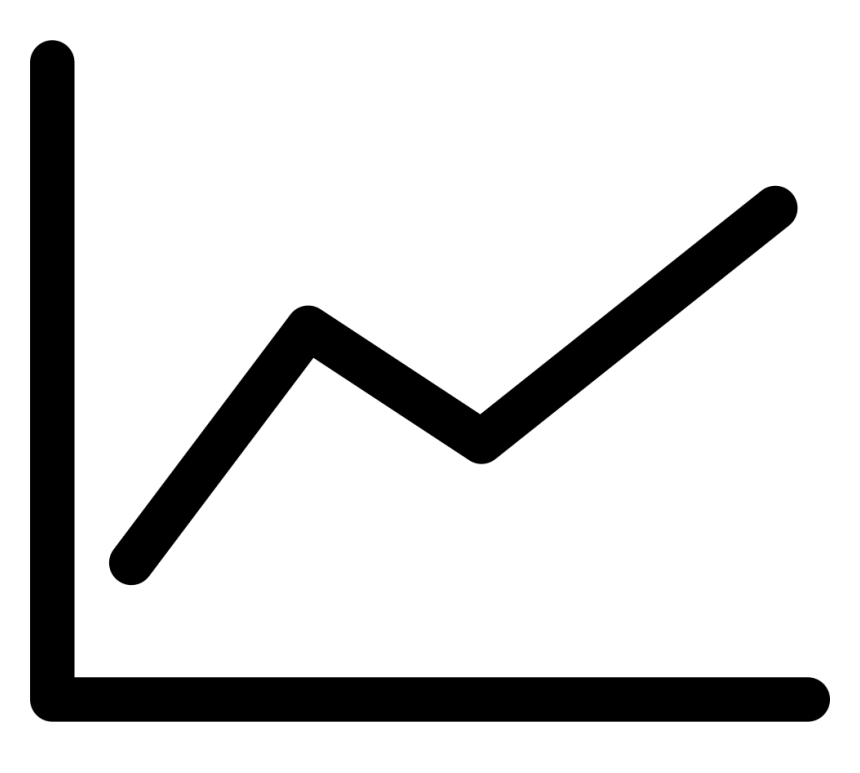Use of HBGVs and BMDLs in exposure assessment
Exposure assessment
It was already mentioned previously that HBGVs and BMDLs play a fundamental role by the exposure assessment of chemical substances in food and feed. They are used as a limit value for the exposure to chemicals, and when the exposure to a chemical exceeds its critical value, then the situtation is to be considered "unsafe" for the consumer. Based on that conclusion the food and feed are then to be rejected from trade, according to the EU Regulation 178 of 2002. So it can be understood that selection of the appropriate HBGV respectively BMDL and the interpretation of the assessment plays an important role in the evaluation. There are however no guidances for this, so some support will be provided here.
How to select HBGVs or BMDLs in exposure assessment
After a search of HBGVs and BMDLs for chemicals in available databases (see for example "Other Databases with HBGVs" in this portal) the result will be a list with one or more types of HBGVs (e.g. ADI, TWI, ARfD,...) and/or with BMDLs from animals studies or humans, and their values. It can be expected that the underlying reports are also mentioned, with the date of the evaluation. Now one has to select one value from the list; that value will be the maximum permissible exposure level.
As it can be assumed that a reassessment is performed by expert panels when new data is available, it can be understood that the most recent report is the most appropriate basis for the value. So, select the latest value, taken into consideration the following lines.
It is very well possible that a recent report will present different BMDL values, for different toxic effects. In many reports these BMDLs are used for setting a HBGV. This can lead to one or two different HBGVs: a ARfD for the evaluation of short term exposure to chemicals, and/or an ADI or TDI (respectively TWI) for chronic exposure, all with the same publishing date. In that case it is common to select a HBGV and to ignore all BMDLs. Select the ADI (or alike) to evaluate long term exposure, or the ARfD for a single exposure. BMDLs must only be selected when HBGVs are missing. The latter is possible when existing HBGvs are withdraw (e.g. for lead, and ochratoxin A).
When dealing with BMDLs only, also the latest report is preferred. In some cases you might then see a list of different BMDLs, for animals and/or humans (see for example ochratoxin A); these are very likely referring to different toxic effects. Then one can best select the lowest value, as it needs an additional study of the underlying report to understand the differences. When both BMDLs for animals and humans are presented, it is advised to select the values for humans. If both a BMDL10 and a BMDL05/BMDL01 are presented a BMDL01/BMDL05 is to be preferred above a BMDL10. So, e.g. for lead the most appropriate selection is the lowest human BMDL01 (of 0.5 ug per kg per day).
Interpretation of results
The intake of a chemical through food is to be compared with the maximal permissible exposure level. The following points are important here.
First: if a HBGV is selected, then one must calculate the ratio between the consumers intake and the HBGV (both normalized for the same unit). So ratio = intake/HBGV. If the ratio is above 1, it can be concluded that the exposure exceeds the maximal permissible exposure level, and that a health risk exists for the consumer. No risk exists when the ratio is less than 1.
For BMDLs the ratio is reciprocal to the HBGV; here the value of the BMDL is divided by the intake after normalization, giving the Margin of Exposure. So MoE = BMDL/intake. If the MoE is less than the critical value, then there is a health risk. This is also true for a MoE less than 1. No risk exists only when the MoE is greater than the critical value.
Summary
- More recent studies are to be preferred above earlier reports.
- HBGVs are to be preferred above BMDLs.
- BMDLs of human studies are to be preferred above those of animal studies.
- A BMDL01/BMDL05 is to be preferred above a BMDL10.
- A health risk exists when the intake of a chemical through food exceeds the HBGV.
- For BMDLs a health risk exists when the MoE is less than the critical value.

